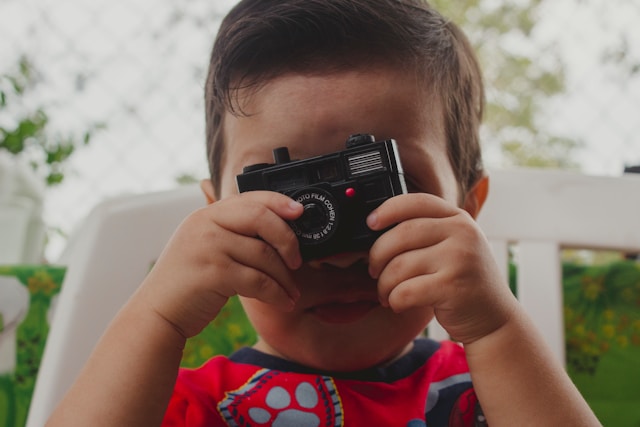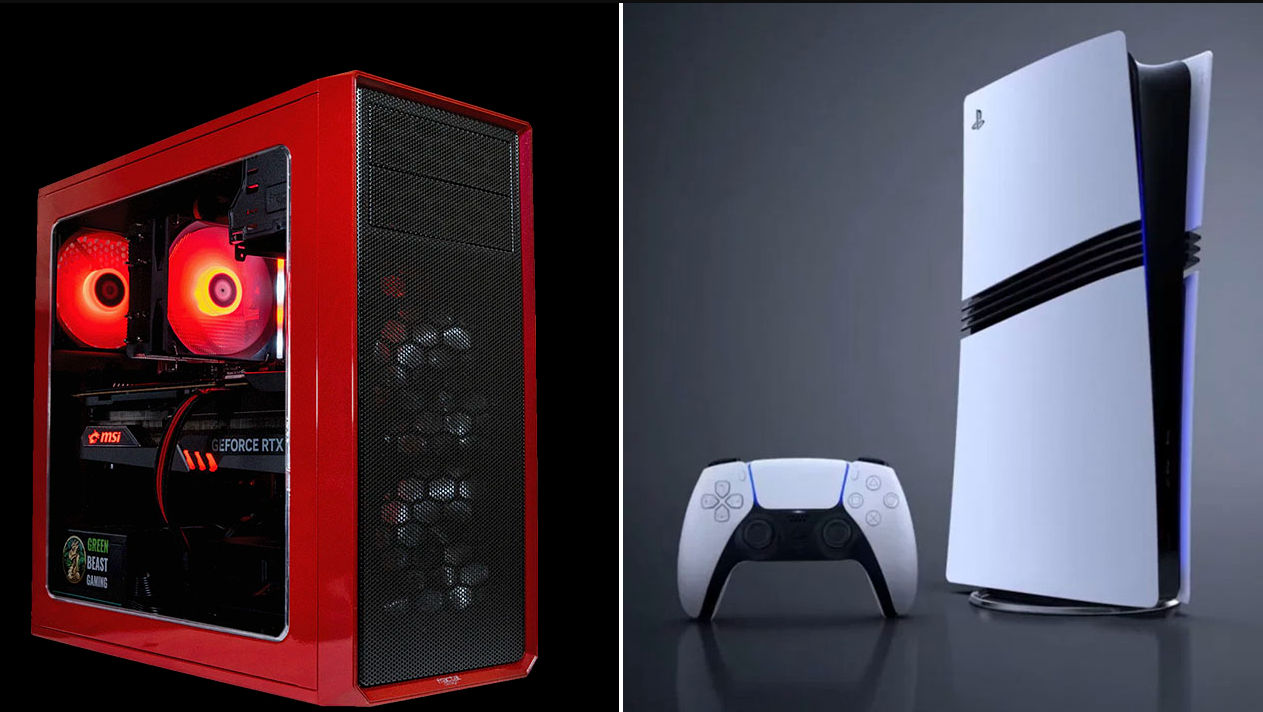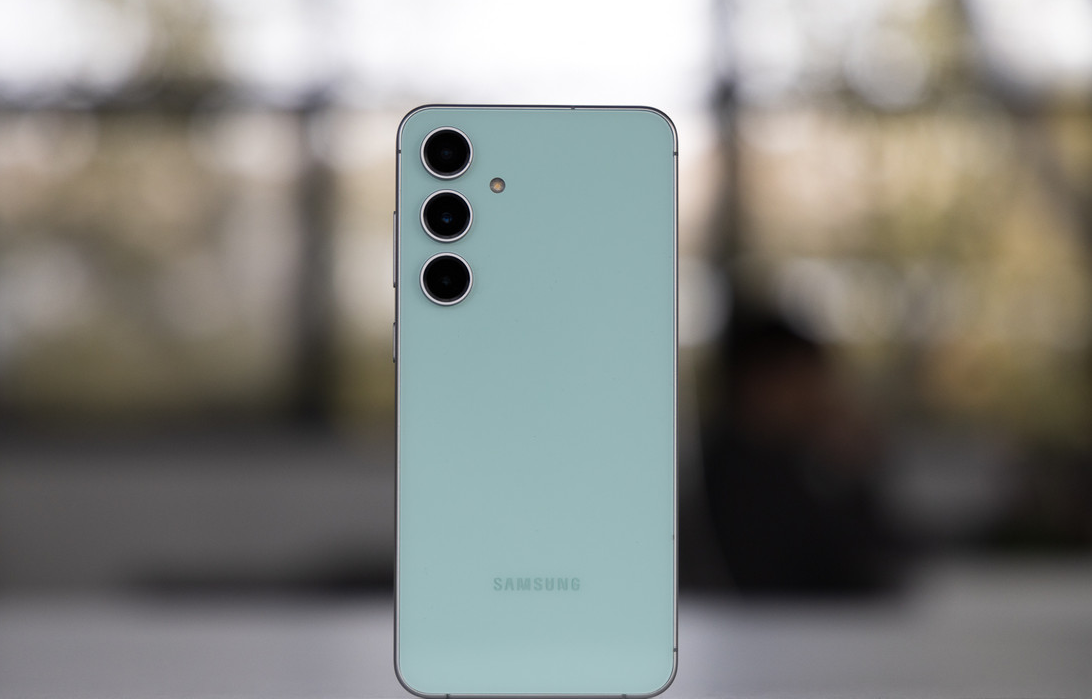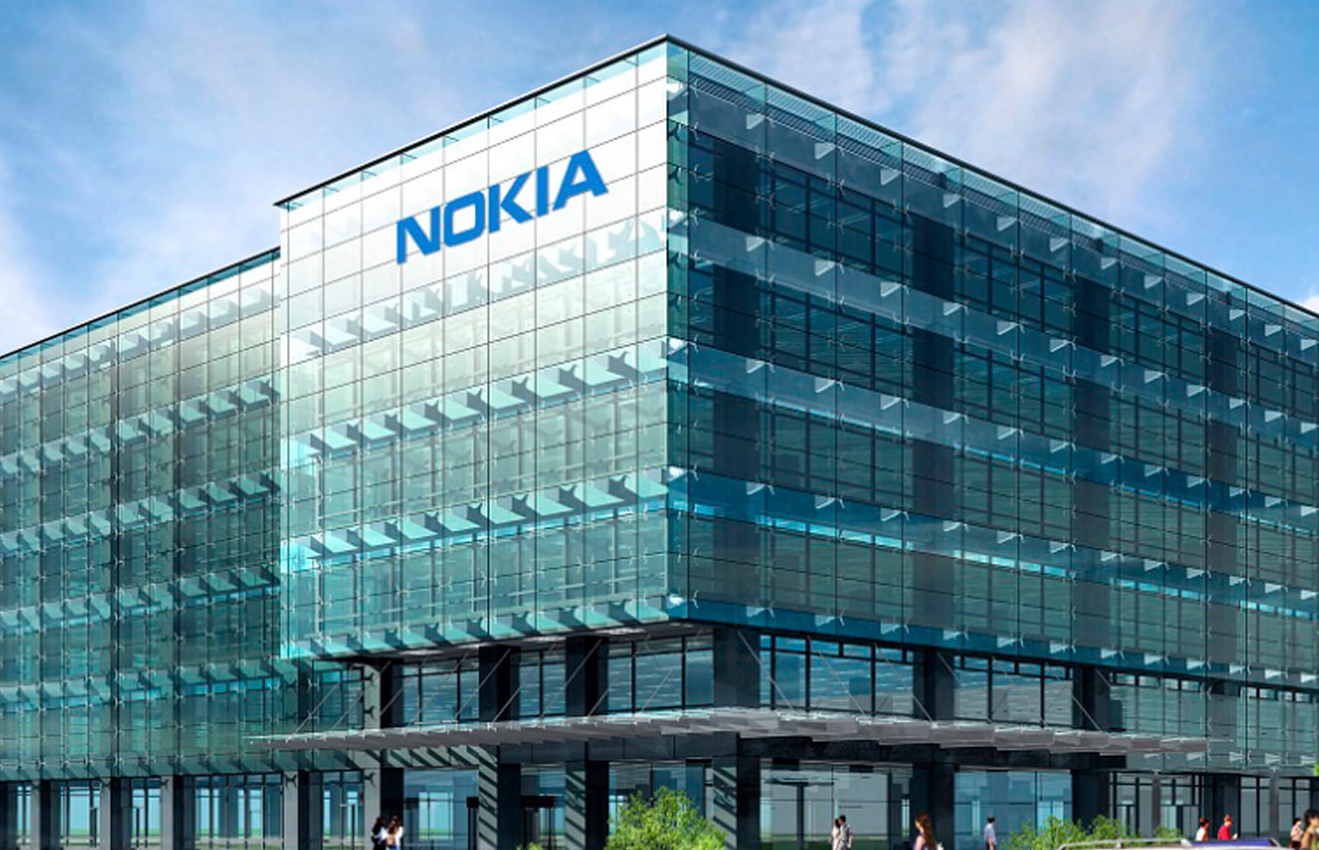In today’s world, where every moment of life can be captured and shared, the choice between a camcorder and a camera becomes a key decision for anyone wishing to make their mark on the visual arts. This decision goes beyond simply choosing a device; it is about understanding how we perceive and communicate reality, how we tell stories and how we preserve memories.
On the one hand, photography is the art of freezing a moment, expressing emotions and ideas through a single frame. On the other hand, video allows us to capture movement, convey the dynamics of events and tell a story through a time sequence. The choice between these two forms of visual expression depends on many factors: from personal preferences to professional requirements, from technical capabilities to artistic goals.
In this article, we will delve into the depths of both of these forms, exploring their unique characteristics and capabilities. We’ll look at how camcorders and cameras affect the creative process and how they can serve different purposes. It’s not just a choice between two devices; it’s a decision about how you want to see and show the world.
Comparison of Camera and Camcorder Specifications
This table presents the key specifications and differences between cameras and camcorders, helping users make an informed choice depending on their photography and videography needs.
| Characterisation | camera | Video camera |
| Image resolution | High (up to 60MP and above) | High (up to 8K) |
| Depth of field | Large range (lens dependent) | Smaller, optimised for video |
| Sensor type | CMOS | CMOS |
| Sensor size | From APS-C to full-frame | 1/2.3” to 1” (more in professional models) |
| Frame rate | Limited (up to 20 fps) | High (up to 120 fps or more) |
| Image stabilisation | Optical and digital (depending on the model) | Optical and electronic |
| Audio | Limited inbuilt features, support for external microphones | Quality inbuilt and support for external microphones |
| Recording duration | Limited (depends on the model) | Prolonged (many hours) |
| Connection interfaces | USB, HDMI, Wi-Fi, Bluetooth (depending on model) | USB, HDMI, XLR, Wi-Fi, sometimes SDI |
| File formats | JPEG, RAW, sometimes video formats | MP4, AVCHD, sometimes RAW for video |
Depth and Detail: Cameras
Cameras, especially DSLRs (digital SLRs) and mirrorless models, have a number of significant advantages that make them ideal for many types of photography:
High Quality Images
- Larger Sensors: Cameras with larger sensors are able to capture more light for better detail and less noise, especially in low-light conditions.
- High Resolution: High resolution allows you to capture images with incredible detail, ideal for large format printing and cropping without loss of quality.
- Dynamic Range: DSLR and mirrorless cameras often have excellent dynamic range, allowing you to capture more detail in the dark and light areas of the frame.
Depth of Sharpness
- Depth of Field Control: The ability to vary the depth of field allows photographers to emphasise the subject by creating a blurred background (bokeh effect), ideal for portraits and macro photography.
- Interchangeable Lenses: Using a variety of lenses allows you to experiment with depth of field, from ultra-wide-angle to telephoto lenses, giving you creative freedom in your compositional choices.
Creative Control
- Manual Settings: Full manual control over exposure settings (aperture, shutter speed, ISO) allows photographers to fine-tune every aspect of shooting, critical for artistic and professional projects.
- RAW Format: Shooting in RAW format gives you more options for post-processing, preserving all image information, allowing you to make detailed adjustments to colour, exposure and other parameters in professional processing software.
Dynamics and Storytelling: Video Cameras
Camcorders are powerful tools for capturing and transmitting dynamic scenes and storytelling. Their key features make them the ideal choice for various types of video production:
Long Term Record
- Recording Duration: Camcorders are designed for long recording sessions, which is important for events, documentaries and professional video shoots.
- Reliability and Endurance: Many professional camcorders feature reinforced construction and cooling systems that allow them to operate in extreme conditions without the risk of overheating or other malfunctions.
- Support for Multiple Recording Formats: The ability to select different recording formats (e.g. 4K, Full HD) provides flexibility in post-production and editing.
Audio Integration
- Built-in and External Microphones: Camcorders often include quality built-in microphones and offer external audio connectivity for professional sound quality.
- Audio and Video Synchronisation: Efficient synchronisation systems simplify processing and editing, ensuring audio and image consistency.
- Audio Level Control: Advanced audio control features allow you to adjust audio levels during recording, critical for creating a balanced and professional soundtrack.
Smoothness of Motion
- High Frame Rate: The ability to record at high frame rates ensures smooth playback of even the most dynamic scenes.
- Stabilisation Systems: Modern camcorders are equipped with advanced image stabilisation systems to minimise vibration and shake when shooting in motion.
- Slow motion and Time Lapse: Time-lapse and time-lapse features expand your creativity by capturing unique moments in time from a new perspective.
The choice between a camcorder and a camera depends on your specific shooting needs. It’s important to evaluate what type of content you plan to create and what features will be most important to your work. Regardless of your choice, remember that your skill and creativity are key factors in creating impressive visual content.
Choose between a camcorder or a camera and get the maximum benefit with reBITme. We wish you a successful shopping experience!





